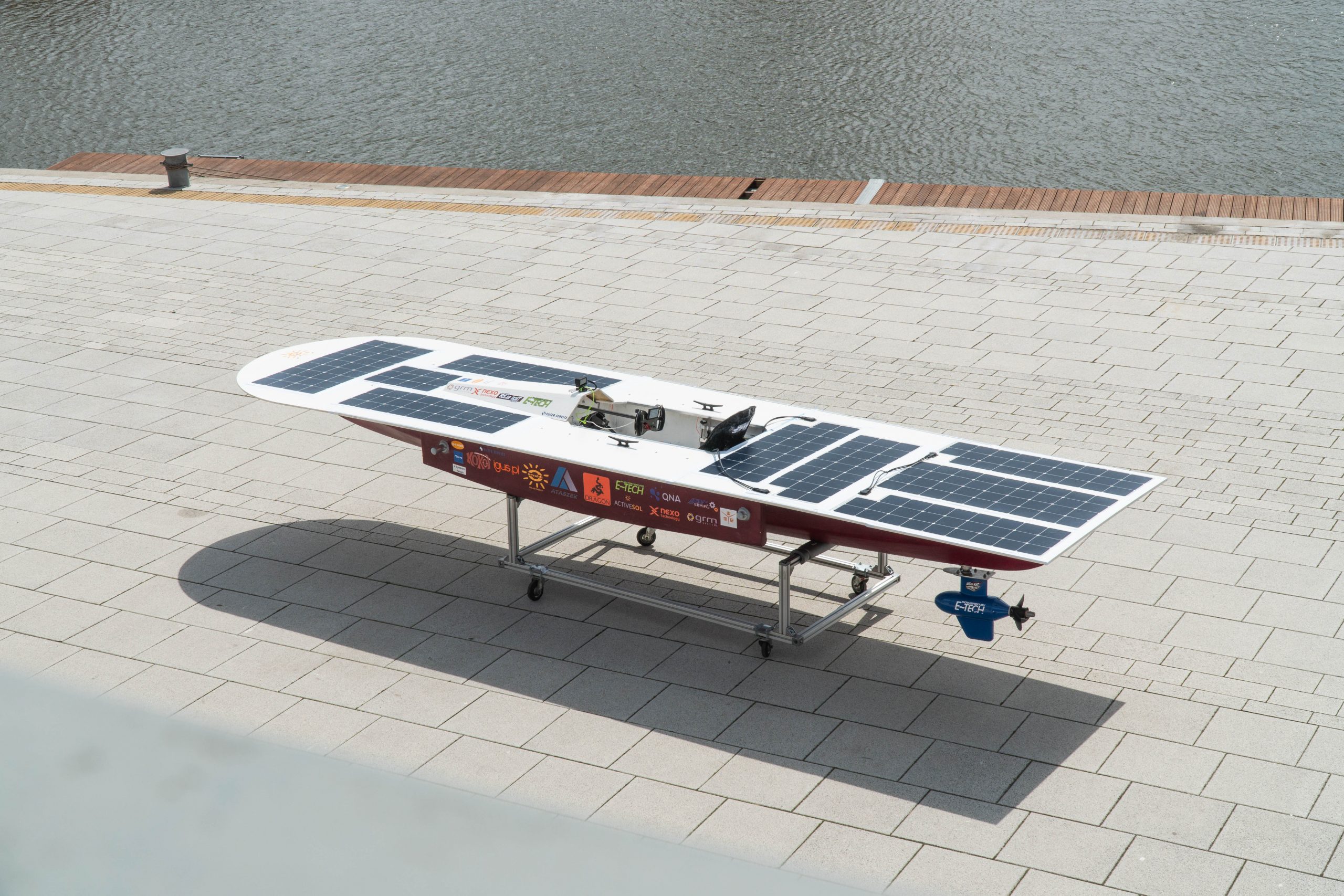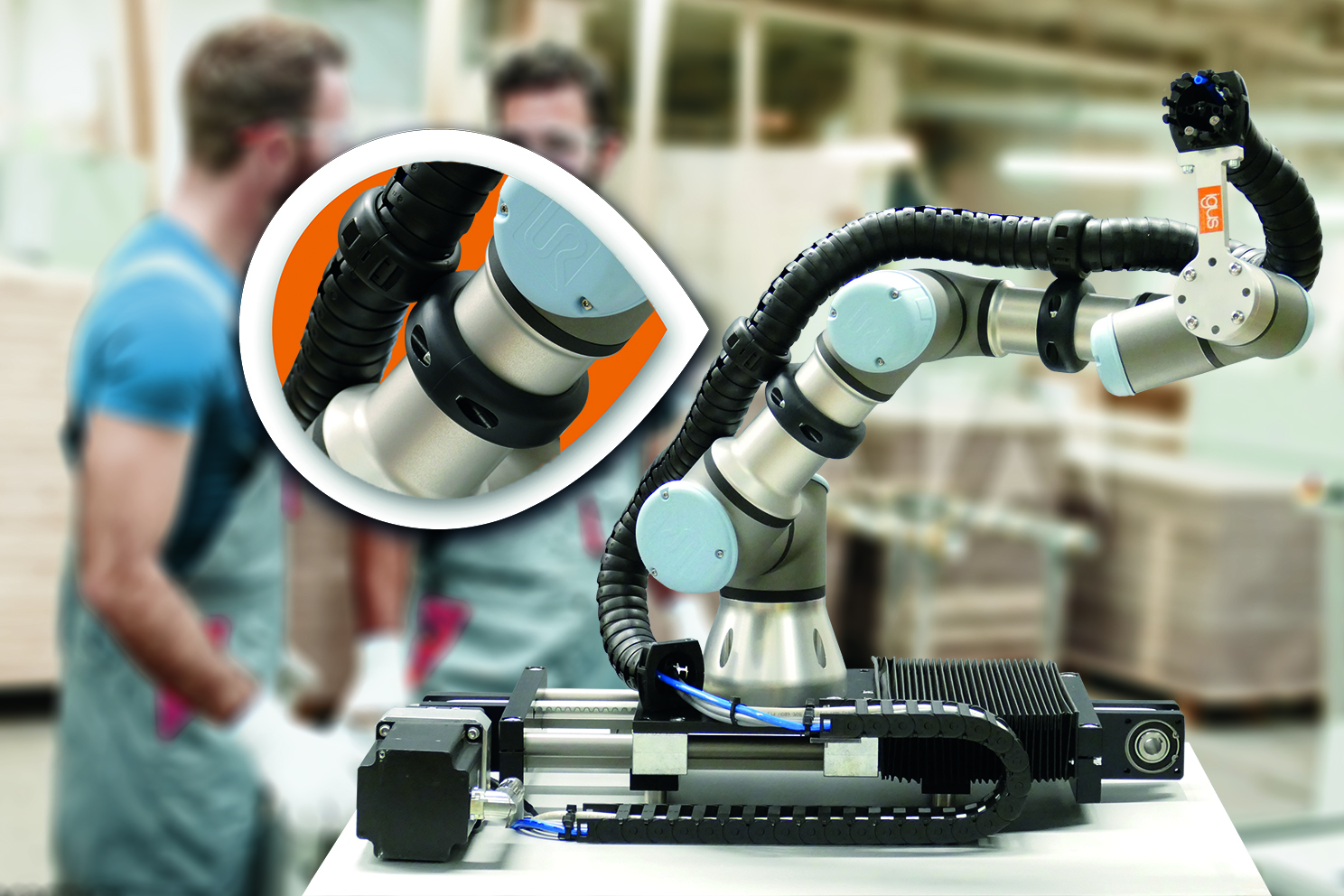igus® polymer technology helps stroke patients to rehabilitate during physiotherapy
drylin® linear systems and iglide® plain bearings from igus provide lubrication and maintenance free adjustment of advanced robotic exoskeleton for stroke patients
April 5, 2022 – Many stroke patients worldwide suffer from hemiplegia (partial paralysis). Exoskeletons such as Harmony from Harmonic Bionics can help rebuild the nerve tracts in arms and shoulders. In order to quickly adapt the robot-supported system to different body sizes in physiotherapy, the developers rely on the lightweight, self-lubricating, and maintenance-free plain bearing technology from igus.
Every year, 16 million people worldwide suffer a stroke. To help patients with rehabilitation during physiotherapy, the Austin Texas-based company Harmonic Bionics, with the support of the National Science Foundation, has developed a robotic exoskeleton especially designed for healing muscle damage. The robot, named Harmony, relieves the shoulder joint and maximizes the patient’s range of motion. In this way, the system enables a more natural and comprehensive therapy for the arms.
For this, Harmony relies on Bilateral Sync Therapy (BST). The robot registers the healthy arm movements and synchronizes them to the side affected by the stroke in order to help restore the nerve tracts. In order for the exoskeleton to move with the human body, the robot axis must be correctly adapted to the patient, because incorrect setting can lead to injuries to the joints. For a quick adaptation of Harmony, the developers resorted to linear guides and plain bearings from motion plastics specialist igus.
Self-lubricating and quickly customized
The drylin T and R series rail guides, drylin R linear bearings, and iglide plain bearings enable easy adjustment of the system to the patient’s height, arm length, and shoulder width. The polymer bearings made of the high-performance material iglide J are distinguished by their high wear resistance and long service life. As there is no need for external lubricants, the bearings are completely maintenance-free, clean, hygienic, and ideally suited for medical technology. All components are made of lightweight materials such as plastic and aluminum. The design is so compact that it can be integrated into the slim design of the robot.
“Thanks to the use of the igus polymer bearing technology, the exoskeleton can now be adapted to the patient within seconds,” enthuses Rohit John Varghese, VP of Research, New Product, and Innovation at Harmonic Bionics, Inc.
View the Harmony Harmonic Bionics exoskeleton in action here: https://youtu.be/PcmNloLIqKk_



